Unraveling the Historical Threads: In Search of Evidence for the Life and Crucifixion of Jesus Christ
Introduction:
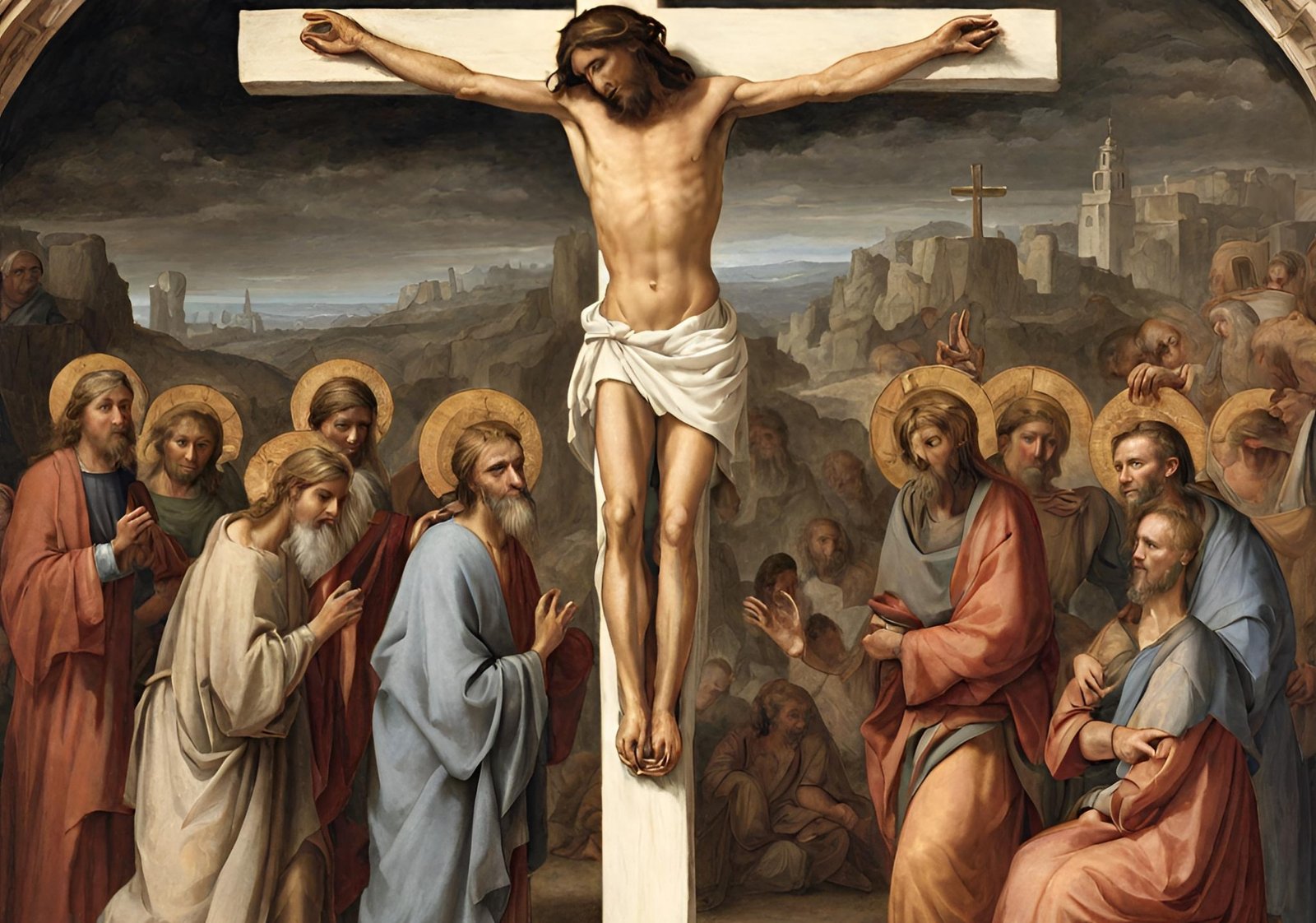
The life and crucifixion of Jesus Christ have been central to the narrative of Christianity for centuries. Unraveling the historical evidence surrounding these events is a complex endeavor that requires a meticulous examination of ancient texts, archaeological findings, and scholarly debates.
Ancient Texts:
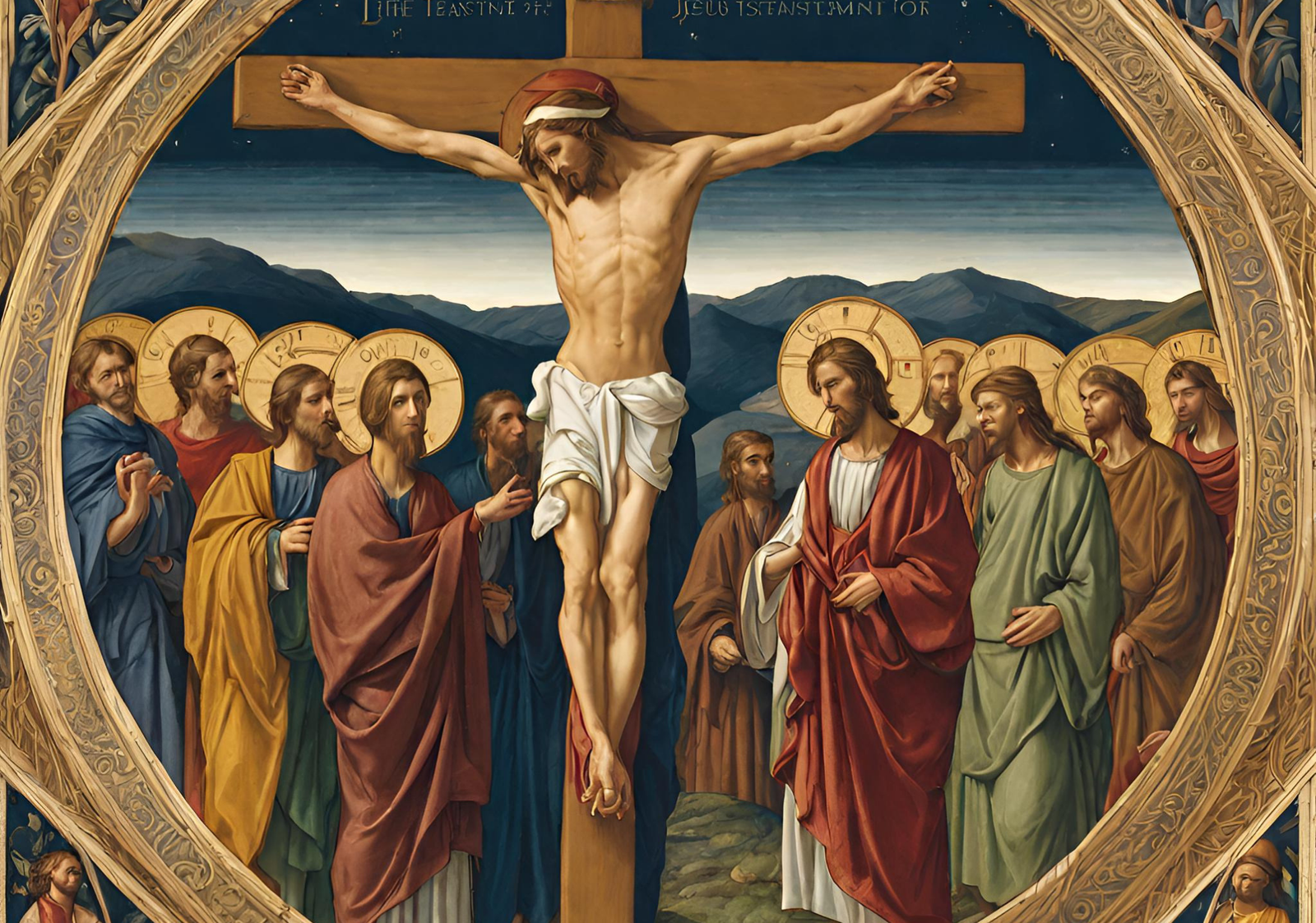
One of the primary sources for understanding the life of Jesus is the New Testament of the Bible, comprising the Gospels of Matthew, Mark, Luke, and John. These texts provide detailed accounts of Jesus’ teachings, miracles, and ultimately, his crucifixion. However, scholars acknowledge the theological nature of the Gospels, prompting a critical evaluation of their historical reliability.

Additionally, non-biblical sources such as the works of the Jewish historian Flavius Josephus and the Roman historian Tacitus offer glimpses into the existence of Jesus. Josephus, in particular, mentions Jesus in his “Antiquities of the Jews,” though scholars debate the extent of later Christian interpolations in the text.
Archaeological Findings:
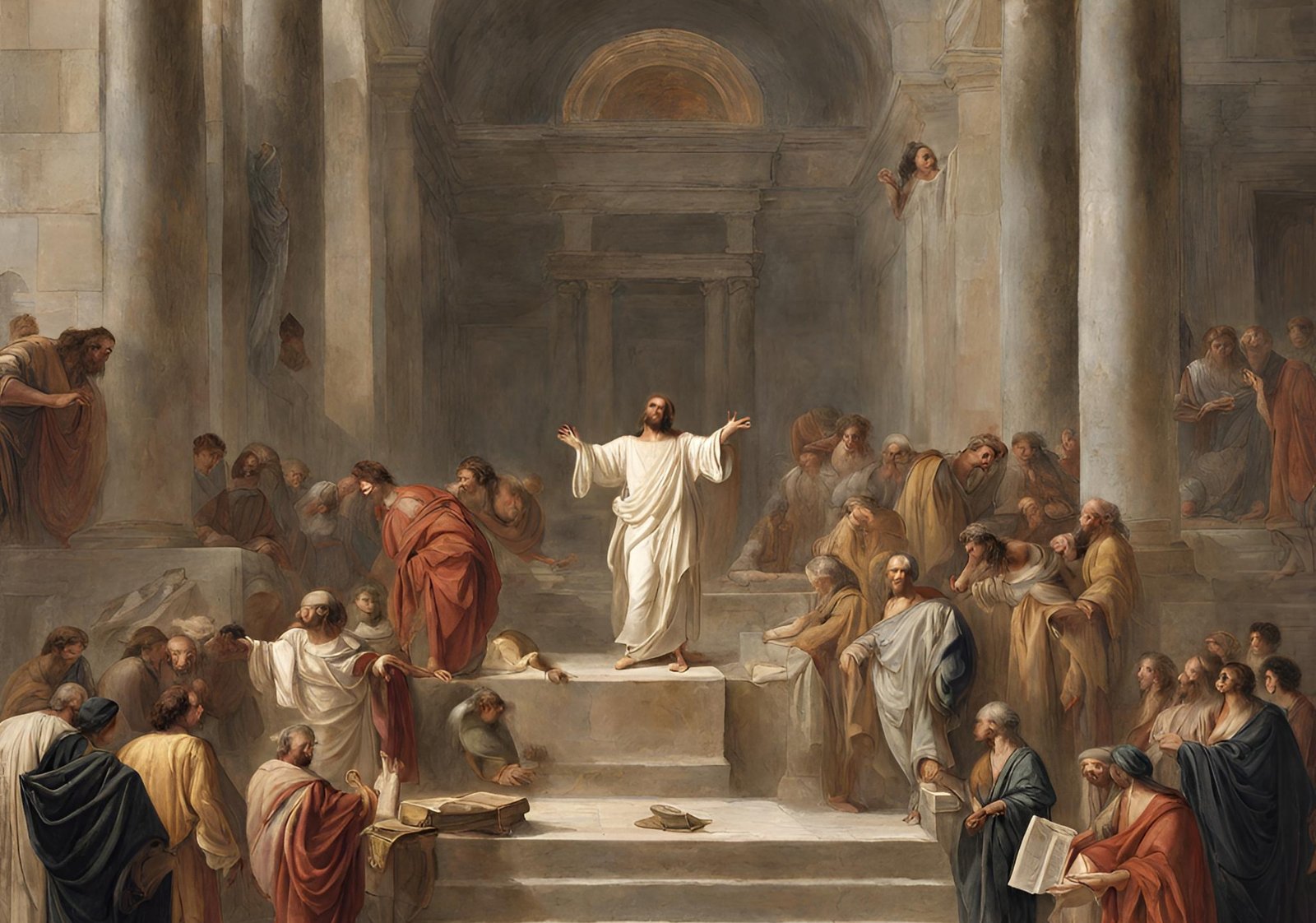
Archaeology plays a crucial role in piecing together the historical puzzle of Jesus’ life. While direct archaeological evidence of Jesus’ existence is scarce, excavations in the Holy Land have unearthed artifacts and structures that provide insights into the cultural and historical context of the time.
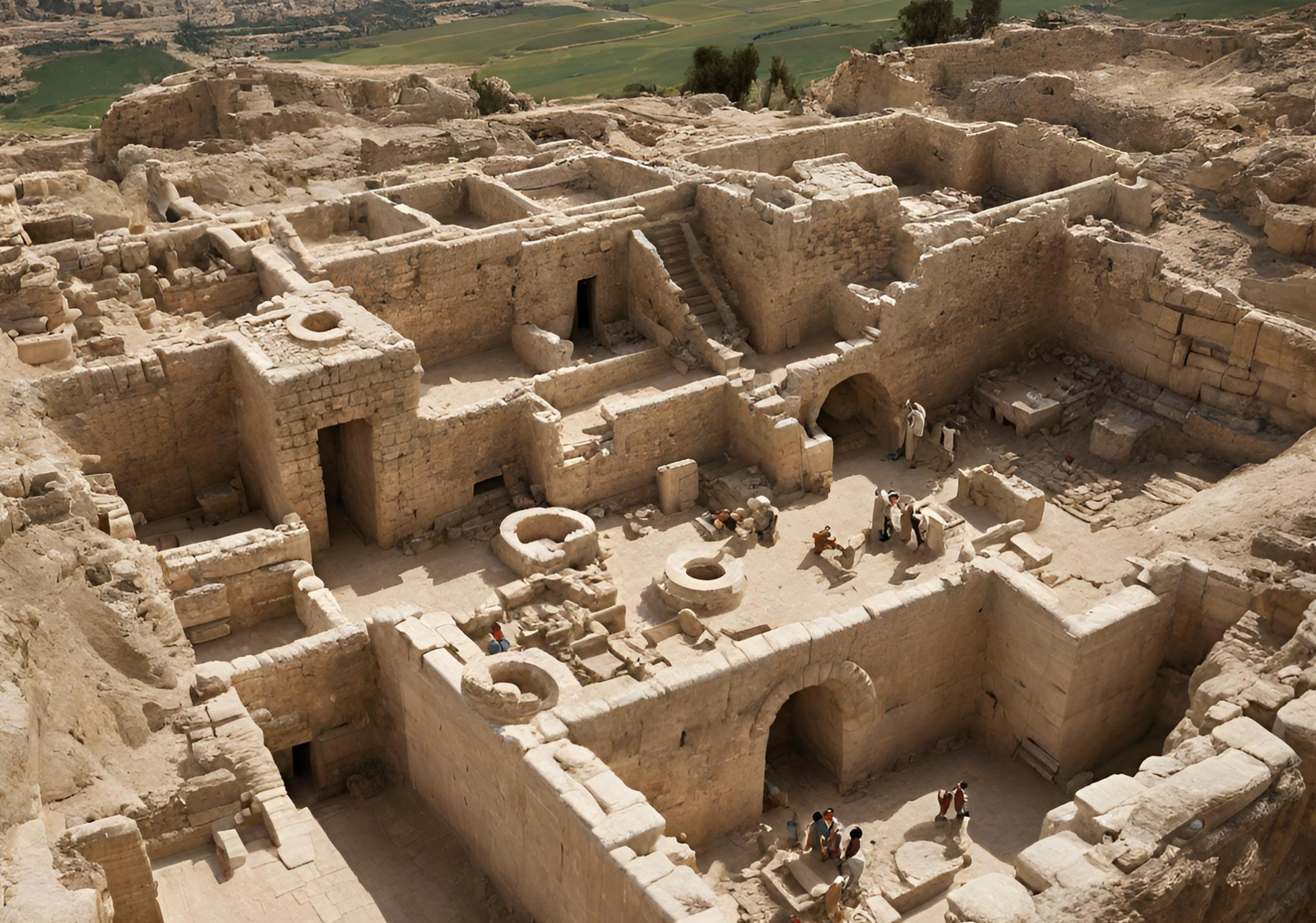
For instance, discoveries such as the Shroud of Turin, though controversial, have fueled debates about its potential connection to Jesus’ burial. However, the authenticity of such artifacts remains a subject of scrutiny within the scholarly community.
Scholarly Debates:
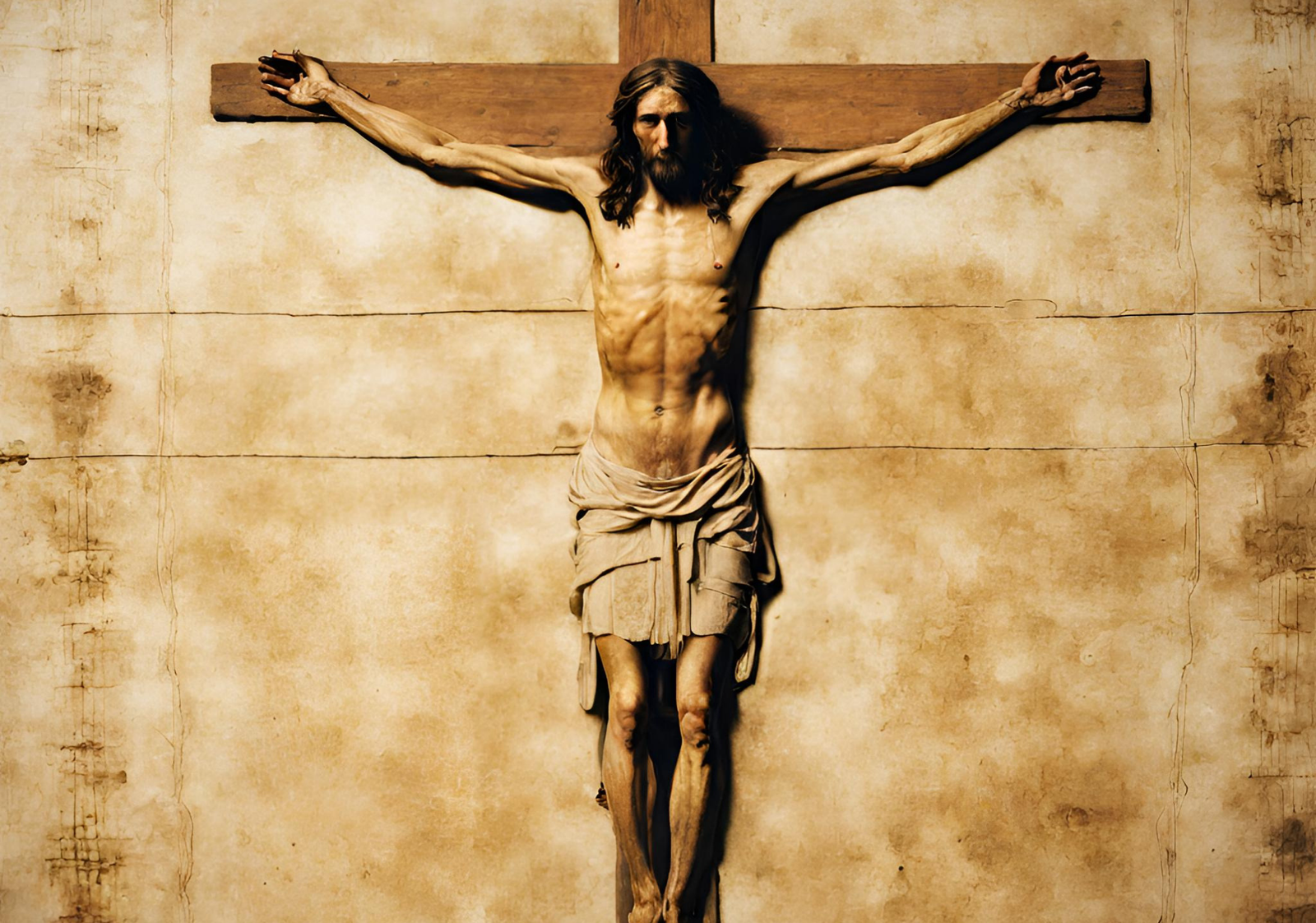
The quest for historical evidence regarding Jesus’ life and crucifixion has sparked numerous scholarly debates. Historians and biblical scholars engage in discussions about the reliability of the Gospel accounts, the potential influence of oral traditions, and the historical context of first-century Judea.
Some scholars argue for a minimalist approach, emphasizing the scarcity of non-biblical sources directly referencing Jesus. Others adopt a more inclusive stance, acknowledging the Gospels as valuable historical documents while remaining mindful of their theological nature.
Conclusion:

The search for historical evidence regarding the life and crucifixion of Jesus Christ is an intricate journey through ancient texts, archaeological findings, and scholarly debates. While the New Testament provides foundational narratives, the historical puzzle is far from complete. As scholars continue to explore and analyze diverse sources, the quest for a clearer understanding of Jesus’ historical existence remains an ongoing and dynamic endeavor.




